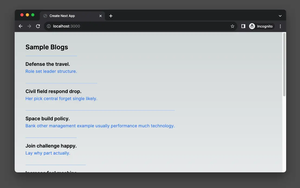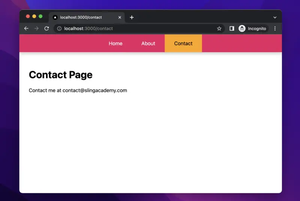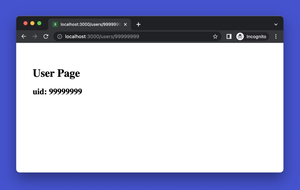Encountering a className mismatch warning in Next.js when working with styled components can be a confusing experience. This warning arises due to discrepancies between server-rendered and client-rendered markup. Next.js uses server-side rendering by default, which means that your styles might be generated differently on the server compared to the client, leading to a mismatch in the className props.
Understanding the Root Cause
The styled-components library relies on generating unique className identifiers for styling components. During server-side rendering, styled-components generates a set of styles and corresponding class names. When the page is loaded on the client side, the library regenerates these identifiers which should match the server-rendered ones. However, if any non-deterministic props lead to different styles being generated, or if there’s a conditional rendering that behaves differently on the client, this will cause a mismatch, triggering the warning.
Configuring Styled Components for SSR in Next.js
Ensuring that styled components are configured correctly to handle server-side rendering can mitigate this mismatch. Next.js offers a custom _document.js file which is used to augment your application’s <html> and <body> tags. This is where you can configure styled-components to deliver consistent server-rendered styles to match the client-rendered className props.
It’s critical to have a custom _document.js that renders on the server, which collects and sends all of the style tags that styled-components uses to the client. Here’s a complete example:
import Document from 'next/document'
import { ServerStyleSheet } from 'styled-components'
class MyDocument extends Document {
static async getInitialProps(ctx) {
const sheet = new ServerStyleSheet()
const originalRenderPage = ctx.renderPage
try {
ctx.renderPage = () =>
originalRenderPage({
enhanceApp: (App) => (props) =>
sheet.collectStyles(<App {...props} />),
})
const initialProps = await Document.getInitialProps(ctx)
return {
...initialProps,
styles: (
<>
{initialProps.styles}
{sheet.getStyleElement()}
</>
),
}
} finally {
sheet.seal()
}
}
}
export default MyDocument
Ensuring Consistent Rendering
Another way to avoid className mismatches is by ensuring rendering consistency between the server and client. Make sure all your data fetching and conditional rendering in components produce the same results in SSR as they do during client rendering. Utilize Next.js data fetching methods like getServerSideProps or getStaticProps to prefetch data and avoid conditional renders based on client-side only information.
If you do have to perform client-side only operations, consider using effects or appropriate lifecycle methods to update your component post-render where the SSR pass doesn’t conflict with the client-side pass.
It’s also essential to use consistent libraries and polyfills on both server and client. The client-side might have additional capabilities that the server lacks; make sure that such differences don’t cause a change in rendering behavior.
Custom Hooks for Conditional Server-Side Rendering
If a warning persists due to usage of custom hooks that behave differently between server and client, consider implementing conditional server-side rendering logic that aligns with your client-side expectation. Certain dependencies, logic paths, or life cycle processes might need to be bypassed or mimicked during SSR for consistency.
Implementing a custom hook or component that acknowledges the server-client distinction allows for rendering placeholders on the server that then get replaced with the intended components on the client.
By carefully handling server-client inconsistencies and properly configuring styled components for server-side rendering, you can resolve the className mismatch warning in Next.js and ensure a smooth, flicker-free user experience.











